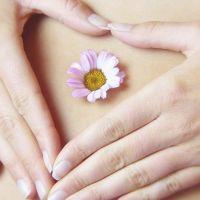Major differences in sexual behaviour stemming from desire and central arousal seem to be due to the interplay between biological and psychosexual/context dependent factors. Quantitative biological differences that are testosterone related seem to prime the seeking-appetitive-lust system, with a different strength in men than in women. Psychosexual factors, associated with a higher training to control sexual impulses in women, potentiated by sociocultural and religious-based gender differences, further polarize the overt sexual behaviour stemming from sexual arousal.
Sexual arousal: similarities and differences between men and women
Graziottin A.
Sexual arousal: similarities and differences between men and women
The Journal of Men’s Health & Gender, 1 (2-3): 215-223, 2004
Major differences in sexual behaviour stemming from desire and central arousal seem to be due to the interplay between biological and psychosexual/context dependent factors. Quantitative biological differences that are testosterone related seem to prime the seeking-appetitive-lust system, with a different strength in men than in women. Psychosexual factors, associated with a higher training to control sexual impulses in women, potentiated by sociocultural and religious-based gender differences, further polarize the overt sexual behaviour stemming from sexual arousal.
Allegati disponibili:Full text dell'articolo
Parole chiave:
Andrologia
Comorbilità
Depressione
Disturbi dell'eccitazione
Disturbi dell'erezione
Disturbi sessuali femminili
Disturbi sessuali maschili
Eccitazione
Ormoni sessuali
Secchezza vaginale
Sessuologia medica
Testosterone





 CERCA NEL SITO
CERCA NEL SITO






